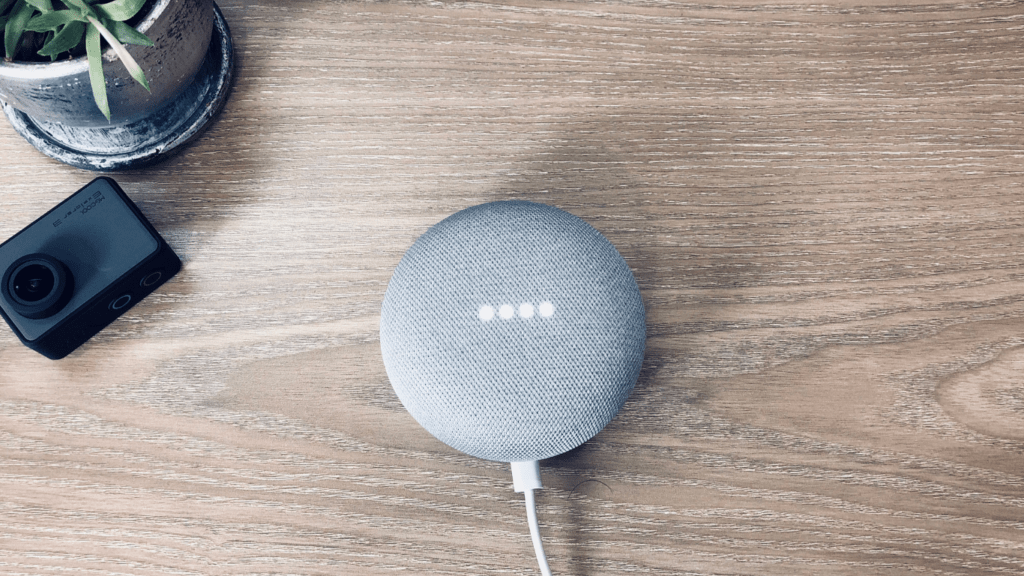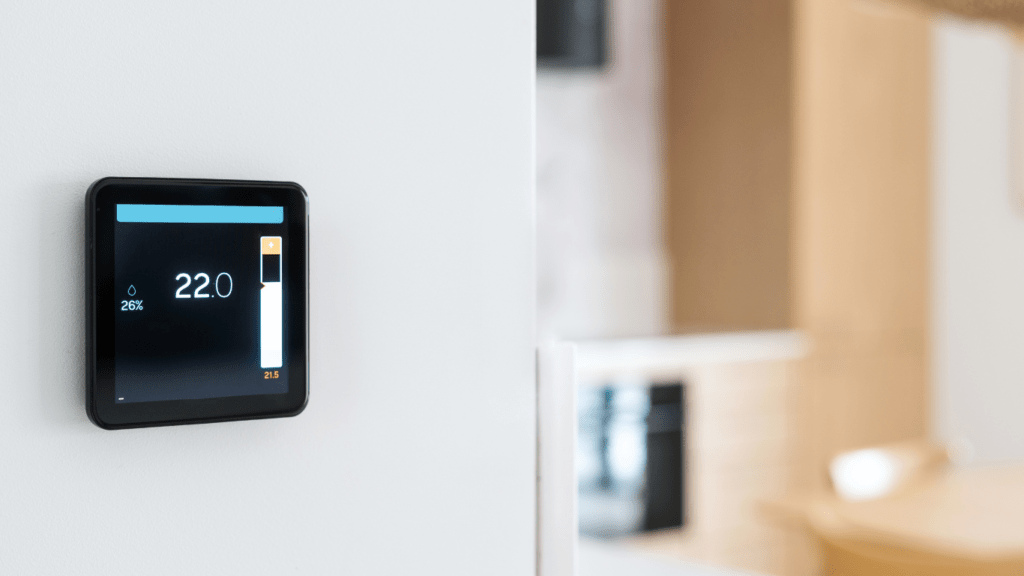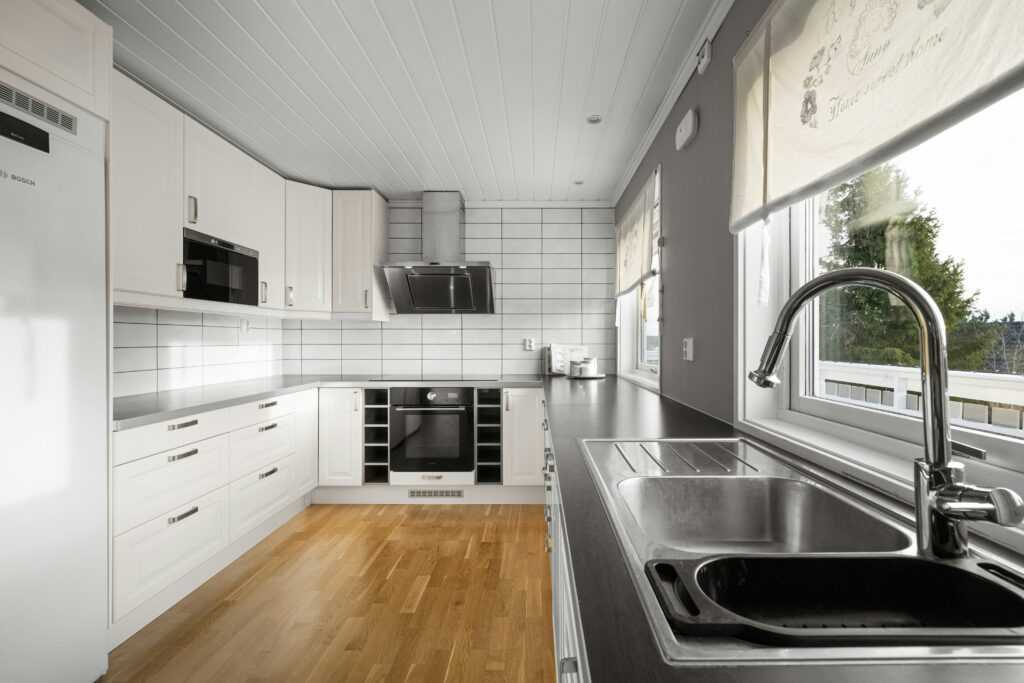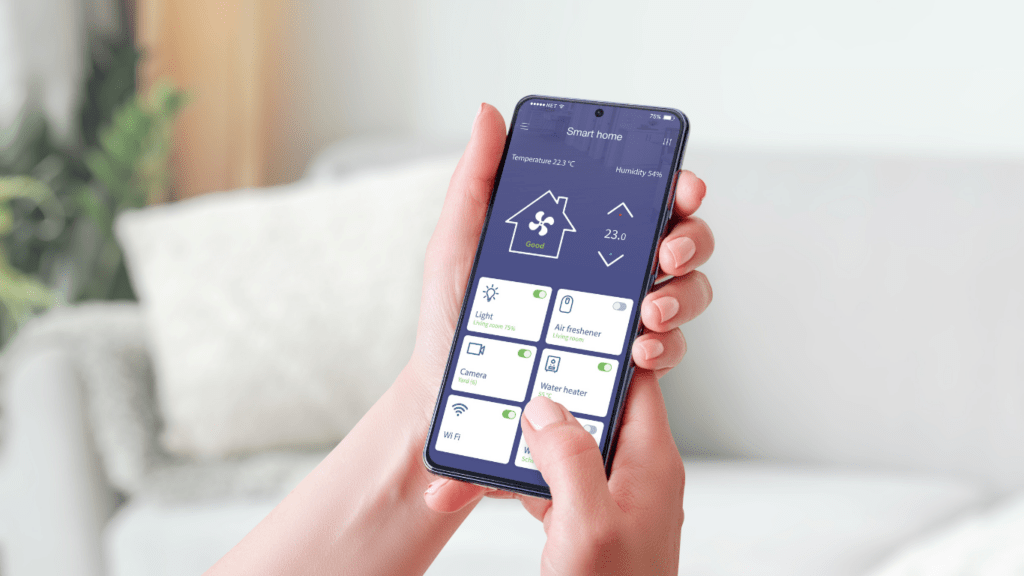In today’s digital age, the concept of a smart home has become increasingly prevalent, revolutionizing the way we interact with our living spaces. As an avid enthusiast of technology and its applications in daily life, I’ve delved into the realm of smart home integration to explore the pivotal role played by IoT devices. These interconnected gadgets are the backbone of modern smart homes, offering convenience, security, and efficiency at our fingertips.
From smart thermostats that learn our preferences to voice-activated assistants that control our entire home ecosystem, IoT devices have reshaped the way we experience and interact with our living environments. In this article, I’ll delve into the fascinating world of smart home integration, uncovering the seamless connectivity and innovative functionalities that IoT devices bring to our homes. Let’s embark on a journey to unravel the transformative impact of IoT devices in shaping the future of our living spaces.
Overview of Smart Home Integration
Exploring the landscape of smart home integration is like unraveling a technological marvel that intertwines seamlessly with our daily lives. In this digital era, IoT devices are the unsung heroes that orchestrate a symphony of connectivity within our living spaces. These interconnected gadgets redefine convenience, security, and efficiency, heralding a new era where homes are not just smart but intelligent.
The fusion of smart thermostats, lighting systems, security cameras, and voice-activated assistants creates a synchronized ecosystem that responds to our needs intuitively. These IoT devices are not mere gadgets but companions that anticipate our preferences, enhance our comfort, and streamline our routines. The future of living spaces is here, where technology harmoniously coexists with our lifestyle, shaping a more connected and automated world.
Importance of IoT Devices in Smart Homes
IoT devices play a crucial role in transforming ordinary homes into smart, interconnected living spaces. These devices are the backbone of modern smart home integration, offering unparalleled convenience, security, and efficiency.
Enhancing Connectivity
IoT devices enhance connectivity within smart homes by establishing seamless communication between various gadgets and appliances. For instance, smart thermostats can communicate with smart lighting systems to regulate both temperature and lighting settings based on user preferences, creating a harmonious environment.
Automation and Control
One of the key benefits of IoT devices in smart homes is automation and control. These devices enable users to automate routine tasks such as adjusting temperature, turning on/off lights, or even locking doors remotely through smartphone apps or voice commands. This level of control not only enhances convenience but also improves energy efficiency and home security.
Security Measures in Smart Home Integration

Enhancing security in smart home integration is paramount to safeguarding your living space. With the proliferation of IoT devices, ensuring robust security measures is essential to prevent potential vulnerabilities that may compromise your safety and privacy. Implementing stringent security protocols can mitigate risks associated with unauthorized access and cyber threats.
- Secure Network Configuration: Configure your home network with a strong, unique password and enable encryption protocols like WPA2 to protect against unauthorized access. Regularly update firmware and software to patch security vulnerabilities and enhance network protection.
- Multi-factor Authentication: Implement multi-factor authentication for your smart home devices to add an extra layer of security. This verification process requires users to provide two or more forms of identification before accessing the system, reducing the risk of unauthorized entry.
- Secure IoT Devices: Ensure that your IoT devices have built-in security features and update them regularly to address potential vulnerabilities. Disable any unnecessary features that may expose your devices to security risks and enable device encryption where possible.
- Secure Remote Access: If you use remote access to control your smart home devices, establish a secure connection using virtual private networks (VPNs) or secure remote access tools. Avoid using default login credentials and enable secure access methods like SSH (Secure Shell) for enhanced protection.
- Privacy Settings: Review and adjust the privacy settings on your smart home devices to limit data collection and sharing. Disable any features that may infringe on your privacy and regularly review permissions granted to third-party apps to prevent unauthorized data access.
By implementing these security measures, you can fortify your smart home integration against potential threats, ensuring a safe and secure environment for your interconnected devices and enhancing your peace of mind.
Future Perspectives on IoT Devices in Home Automation
Looking ahead, the future of IoT devices in home automation is poised for exciting advancements. Innovations in smart home technology are expected to further streamline daily life, enhance connectivity, and boost efficiency. As technology continues to evolve, the integration of IoT devices will likely become even more seamless and intuitive.
The coming years may see a surge in interoperability among various smart devices, allowing for comprehensive synchronization and enhanced user experiences. Imagine a home where your smart thermostat adjusts the temperature based on data from your wearable device, optimizing comfort levels automatically.
Moreover, the integration of Artificial Intelligence (AI) and machine learning algorithms into IoT devices is set to revolutionize how smart homes operate. These advanced systems will learn from user behaviors, adapt settings accordingly, and anticipate needs, creating a truly personalized and adaptive environment.
Security will remain a top priority in the future of IoT devices in home automation. Manufacturers, developers, and users must continue to collaborate to implement robust security protocols, ensuring that smart homes remain safe from cyber threats and data breaches.
The future of IoT devices in home automation holds immense potential for transforming living spaces into intelligent, responsive environments. With a focus on innovation, connectivity, and security, smart homes will continue to redefine the way we interact with our living spaces, making everyday life more convenient, efficient, and secure.



